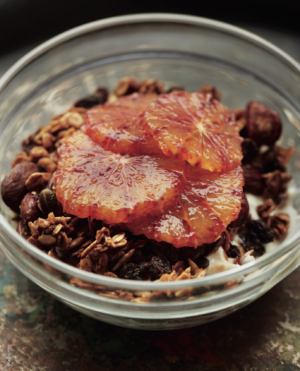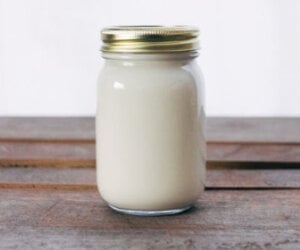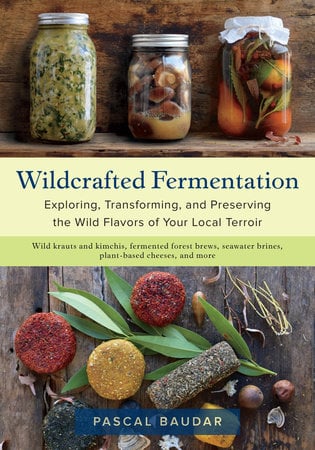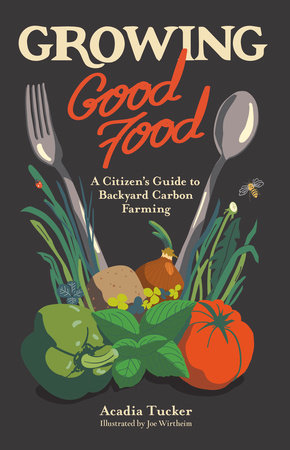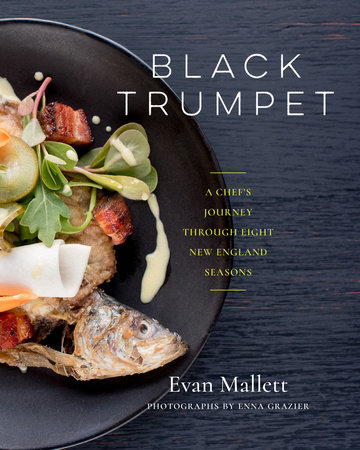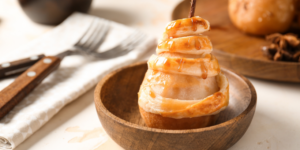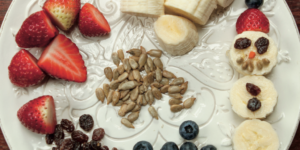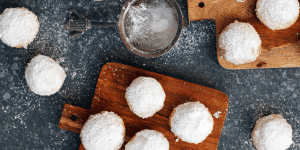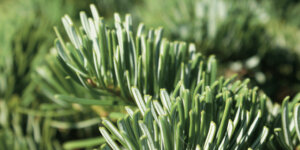Kickstart Your Day with Homemade Granola and Yoghurt
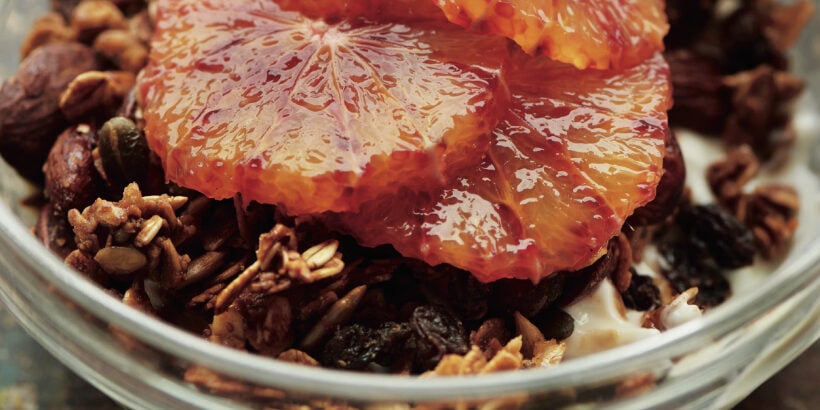
If you’re looking for a flavor-packed granola recipe with many delicious ingredients, then look no further! This granola recipe is a go-to for famous London restaurant Towpath’s breakfast regulars. As a bonus, they included their simple yoghurt recipe, which completes the meal.
The following is an excerpt from Towpath by Lori De Mori and Laura Jackson. It has been adapted for the web.
(Header photo courtesy of Scott MacSween and Joe Woodhouse.)
Granola
This is one of Towpath’s breakfast staples. As the seasons change so will the fruit served with granola. At the beginning of the Towpath season I like to serve it with rhubarb, blood oranges, apples or pears, either fresh, poached or as a compote. As we move into spring- summer, I use all types of berries as well as cherries and other stone fruits. In autumn, it’s quinces, apples and pears again. You can also choose any other nuts or seeds or in different combinations. Perfect for using up any that are floating around and need using up.
This recipe makes quite a large quantity and it lasts for weeks in an airtight container. Judging from our regular customers who come daily or at least several times a week for breakfast, the ones who order granola ALWAYS order granola. If you are a lover of granola, you are going to want to eat a lot of it, so be sensible and make a large batch! If you want to make your own yoghurt to eat with the granola, continue reading.
Makes about 2kg / 4 1/2lb
Ingredients
175ml / 6fl oz sunflower, vegetable or a neutral oil
600g / 1lb 5oz honey
100g / 3 1/2oz brown sugar
few drops of vanilla extract
2 pinches of cinnamon
1 teaspoon salt
800g / 1 3/4lb jumbo oats
250g / 9oz whole almonds, in their skins
250g / 9oz pumpkin seeds
250g / 9oz sunflower seeds
2 handfuls of raisins
Procedure
- Preheat the oven to 145°C fan / 325°F / gas mark 3.
- In a medium-sized saucepan, put in the oil, honey, brown sugar, vanilla extract, cinnamon and salt. Slowly bring to the boil – if you do this over a high heat, the mixture will overflow unless you watch it at all times.
- Gently stir as it comes to the boil. Check that the sugar has completely dissolved and you have a smooth liquid.
- Place the oats, almonds, pumpkin seeds and sunflower seeds in a big heatproof bowl or tray.
- Pour the liquid mixture carefully over the oats, nuts and seeds. Give it a good stir, making sure the oats, nuts and seeds are evenly mixed and coated.
- Spread thinly on greaseproof-lined flat baking trays. I normally use two large trays for this quantity. The thinner the layer the more evenly it will cook and the quicker it colours, which will make your life much easier as you won’t have to constantly take the granola out of the oven and turn it.
- Bake for around 25–40 minutes until the granola is golden and caramelised. You may need to turn it over if one side is browning more than the other.
- Remove from the oven and leave to cool slightly for around 5–10 minutes. Break up the granola using your hands – the warmer the granola is the easier it is to break up. Add the raisins and mix thoroughly.
- Serve with yoghurt and seasonal or poached fruit or compote on top.
Yoghurt
Before opening Towpath, Lori and I had endless conversations about what we should and shouldn’t offer. One thing we felt strongly about was trying to make everything ourselves (excluding the bread. Best leave that to the professionals!). Up until a few years ago we were only serving our own yoghurt. I had discovered that making yoghurt was so easy and so satisfying – it became my pride and joy. Every few days I would swaddle up the jars of yoghurt in a cosy green blanket, place them somewhere warm and say ‘night night’. This would always bring a smile to my face.
The recipe we use is from a Harold McGee piece in the New York Times exclaiming the wonder and delight of making one’s own yoghurt. We buy our milk from Northiam Dairy and as we’ve become much busier, their yoghurt too. It is so delicious, rich and creamy, but when I can, I will still make our own.
Ingredients/Tools
1 litre / 1 3/4 pints full-fat milk
3 heaped tablespoons yoghurt (from an earlier batch or shop-bought if you are starting fresh)
Thermometer
Procedure
- Heat the milk in a saucepan to between 82–88°C / 180– 190°F, just before it comes to a boil. It will form a thin skin on the top. Leave the milk to cool until it reaches between 46–49°C / 115–120°F.
- Once the milk has cooled, in a separate bowl, mix together the yoghurt with a small cup of the warm milk using a wooden spoon. Mix well. Add this to the saucepan of warm milk. From this point onwards you need to be very gentle! Carefully stir the mixture and pour into a clean glass jar with a lid. We use 1-litre / 1 3/4-pint kilner jars.
- Wrap the jar in a couple of tea towels or a small blanket and set it to rest in a warm place (taking care not to jiggle the jar) for 6 hours. You’ll notice in winter when the outdoor temperature is cooler that the yoghurt will take longer to set. Sometimes I even leave it overnight. In summer, if you leave it out too long it will become very tart.
- Store in the fridge and eat within a week, taking care to hold back 3 tablespoons for your next batch!
Don’t despair if the yoghurt comes out quite differently from batch to batch. I can sometimes make yoghurt for weeks and it sets beautifully, then the next time it’s all gloopy and claggy. If this happens, I start again with a fresh starter.
Recommended Reads
Recent Articles
Indulge in the sweet aroma of these pastry-wrapped pears! Easy to make and stunning to serve, these pastry-wrapped pears are a game-changer.
Read MoreDitch boring snacks and upgrade to adorable fruit & veggie treats you’ll love! Brighten up snack time this winter using fruits and veggies we all know and love. Can you resist taking a bite of these cuties?
Read MoreThe scent of fir trees is a holiday staple 🎄 Imagine sipping a festive cocktail infused with the unmistakable taste of fir ✨ This holiday season, elevate your entertaining game by introducing fir to your menu – from classy cocktails to rustic potatoes!
Read More

